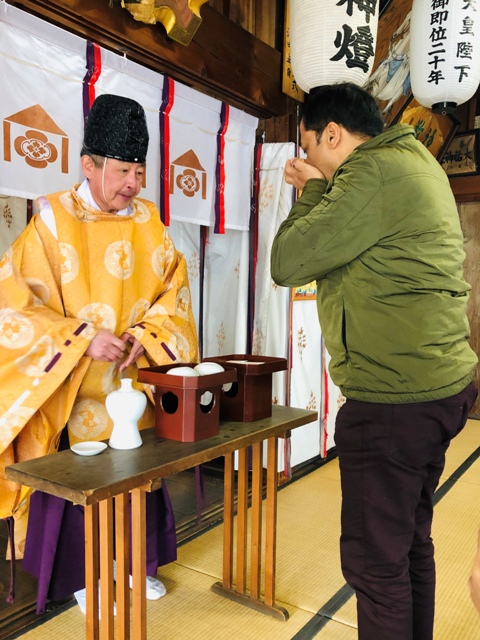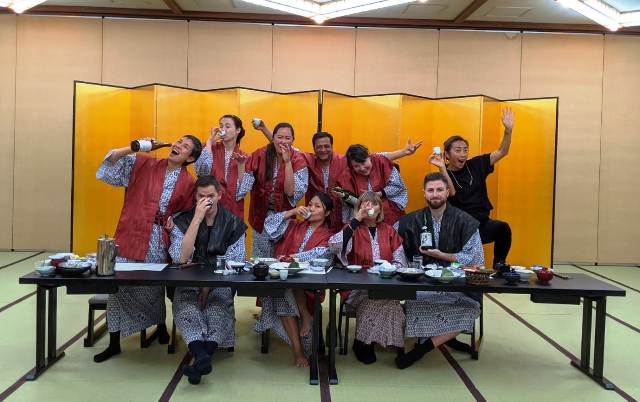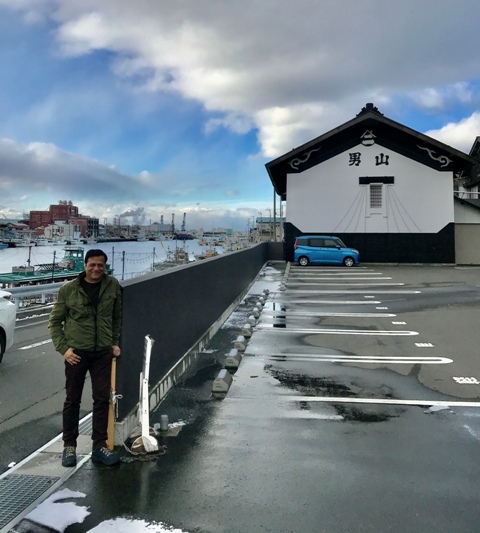Iwate
Iwate is a prefecture in Northern Japan located on the Pacific coast towards the south of Aomori . The prefecture is Japan’s second largest, after the northern island of Hokkaido.

During the twelfth century, Iwate was chosen by the powerful Fujiwara clan as the seat of its northern branch and for around 100 years, its city of Hiraizumi rivalled Kyoto as a cultural and political center. Consequently, a number of temples and gardens in Hiraizumi are now designated as UNESCO World Heritage sites. These include the Chusonji temple that is particularly famous for its spectacular gold-leaf clad hall called Konjikido.
During the Edo period (1603-1868), Iwate was governed by the Nanbu clan. These feudal rulers established iron working in the region and till date Nanbu Tekki (Nanbu ironware) is one of the region’s best-known craft products.

Iwate also produces Joboji lacquerware and is home to the Hayachine Kagura, a Shinto theatrical dance that is designated as UNESCO Intangible Cultural Heritage.
On the cuisine front, one of Iwate’s most famous dishes is Wanko Soba– buckwheat noodles that are served in small bowls refilled over and over again!

Sake Breweries in Iwate
Iwate prefecture has twenty two Sake breweries. Local sake rices include the Yui-no-ka, Gin-ginga, and Gin-otome varieties. The Iwate Jobanni-no-shirabe yeast produces Sakes with refined taste and aroma, while the Yuko-no-omoi gives sake a soft, warm flavor.
A number of Iwate Sakes, rice and yeast take their names from the works of a locally-born novelist and poet, Miyazawa Kenji (1896 to 1933). Iwate is also home to the highly skilled and respected guild of Nanbu toji (master brewers). The Nanbu toji work all over Japan, typically producing clean, crisp sake with multiple layers of taste and aroma.
We (JSS Sake Press Tour invitees from seven nations) had the privilege of visiting two breweries in Iwate viz. Hamachidori and Tsukinowa Shuzoten


Read about these breweries in details in my Print article.
Get an overall account of my Sake journey in Japan
Places Visited in Iwate
Kamaishi City
The city of Kamaishi is synonymous with Steel, Fish and Rugby and of course Sake.
Kamaishi lies on the Pacific coast of the Tohoku region. Once a sleepy fishing village, Kamaishi started producing steel in the mid-1800s and ever since then it has been the city’s prominent industry. During the 1960s when steel production was at its peak in Kamaishi, it hosted a population of around 90,000 which has now reduced to around 34,000.
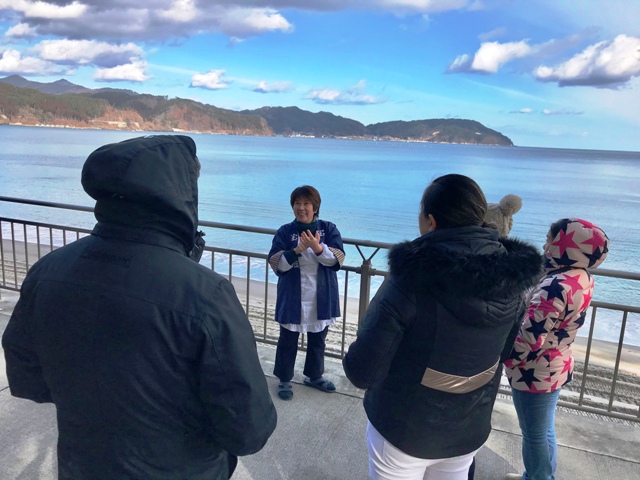
Kamaishi was one of the worst hit by the 2011 Tohoku Earthquake and Tsunami, in which 1,000 residents perished. But the city literally rose up from the debris , going as far as hosting the 2019 Rugby World Cup. The move was also to restore the shaken confidence of the city’s younger generation to emerge stronger from the calamity.

At Kamashi we were hosted at the Houraikan Inn by its owner and Tsunami survivor Iwasaki Akiko. Hourikan is situated on the Nehama coast renowned for its famed white sandy beaches. At the time of the 2011 earthquake/tsunami, the area’s pine forests and rare beach plants were almost swept away. The few remaining ones were painstakingly nurtured by the Kamaishi denizens as important relics of the region’s ecology.
Recounting the Tsunami horror, Ms Akiko informed that with just 25 minutes warning and a prediction of 3 metre high waves, they faced the wrath of waves as high as 25 metres. The gigantic waves washed away literally everything in their path, the saving grace being the survival of 99 percent children from the two washed away schools. The devastation also saw heavy damages to the Hourikan Inn but thankfully it too was saved from total obliteration .
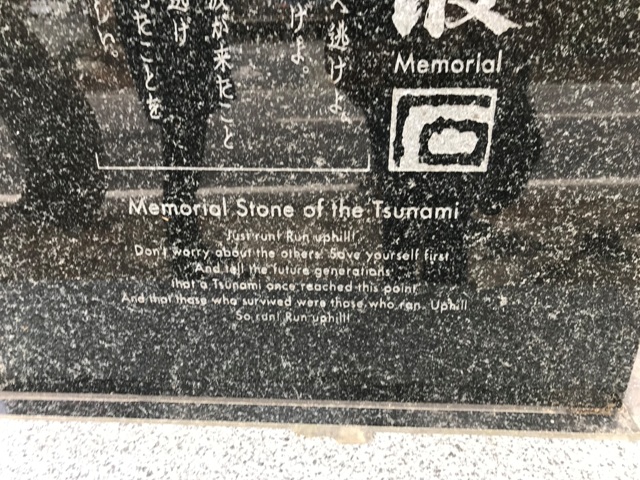
After the outdoor visit we were ushered straightaway into the Inn’s dining area where an elaborate Sanriku spread awaited us. The immersive meal saw us sample some of the freshest produce from the region, including a wide range of seafood from the nearby ocean.


Nanbu Toji Guild
A Toji is a person who oversees the entire brewing process in a Sake brewery. Japan has a number of Toji guilds, each with its own history, tradition, and brewing styles. These guilds may formally accredit members who meet their qualifying conditions.
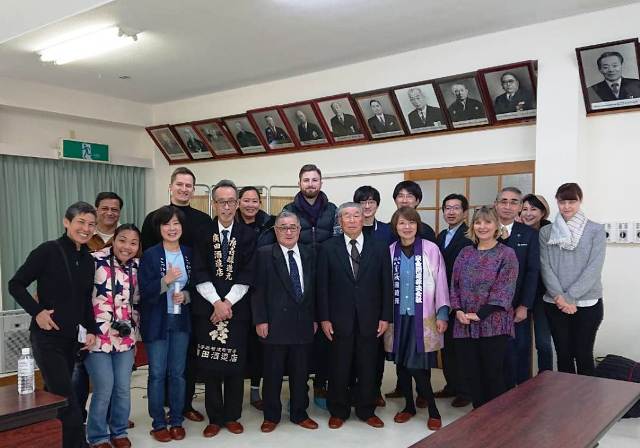
We visited the Nanbu Toji Guild, that is located in the Ishidoriya town of Iwate prefecture.The guild is Japan’s largest with 678 members. Although it was initially only for Iwate brewers, its members in the present day are also working actively in Japan’s other prefectures.

The roots of the Nanbu Toji go back to 1678, but the current day Association was established in 1948. In 1965, the Guild had its highest number of members at the strength of 4153. Since the end of the 1990s the association has also been open to brewers from outside Iwate primarily with an aim of encouraging young people to join the profession. As a matter of fact, it happens to be the only guild that welcomes members from outside its own area.
The traditional Nanbu Toji style involves slow brewing over the cold Iwate winter to produce elegant and complex Sakes .

At Nanbu Toji Guild office we had an opportunity to sample different styles of Sakes from the Iwate prefecture with the respective brewers assembling specially for our visit. The range of Sakes included the delicate/floral, Umami rich styles, Nigori (cloudy Sake), Arabashiri (partly pressed using the “Shizuku” a.k.a. “drip” method).
A brief visit inside the adjacent Nanbu Toji Museum gave us a glimpse of the Sake history of the region and how Nanbu Tojis have been instrumental in shaping the same.
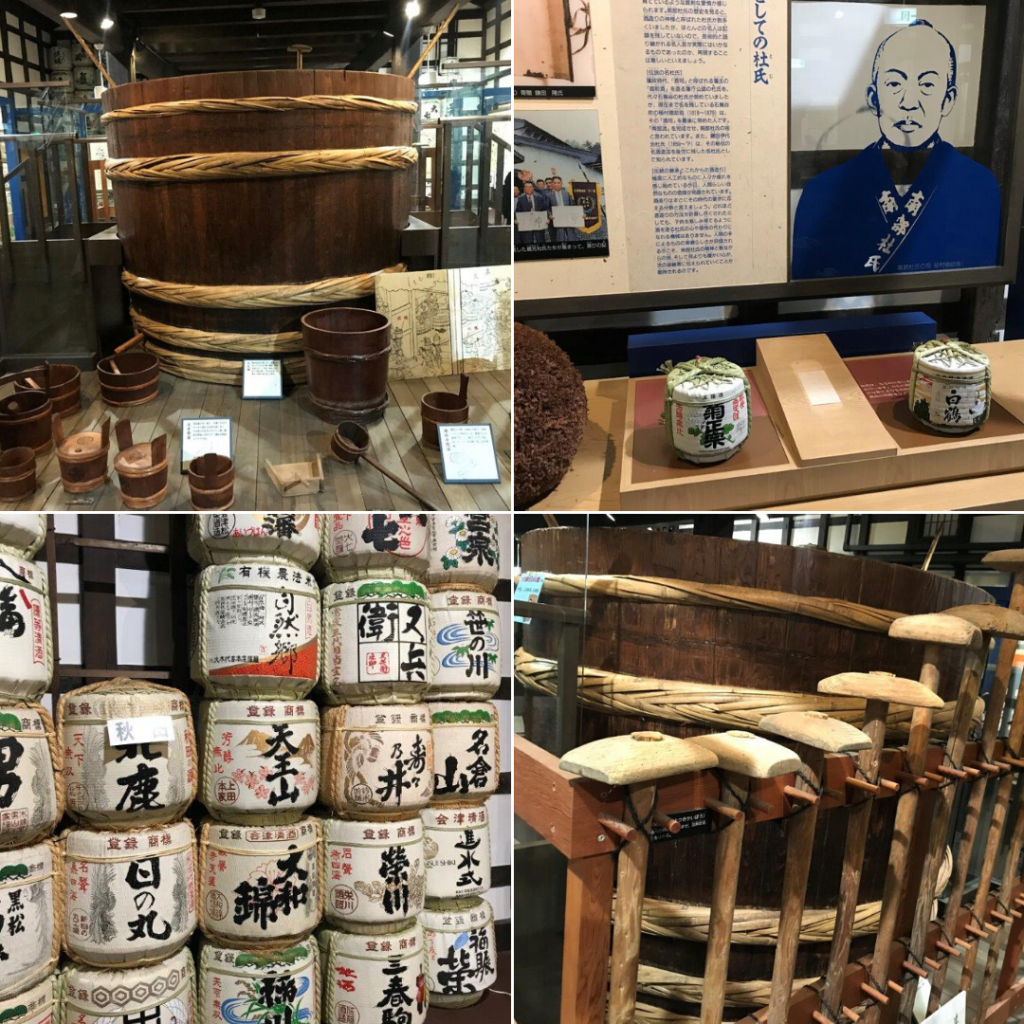
With inputs from Japan Sake and Shochu Makers Association


